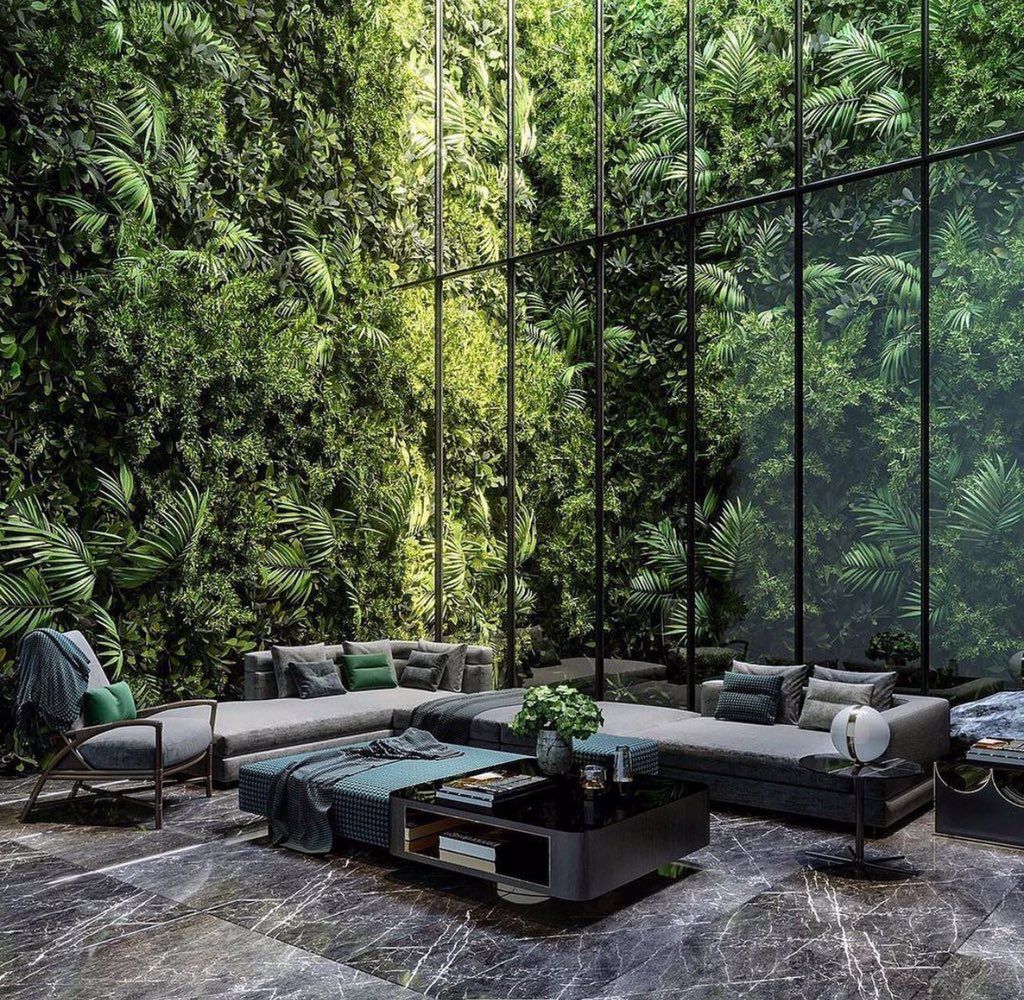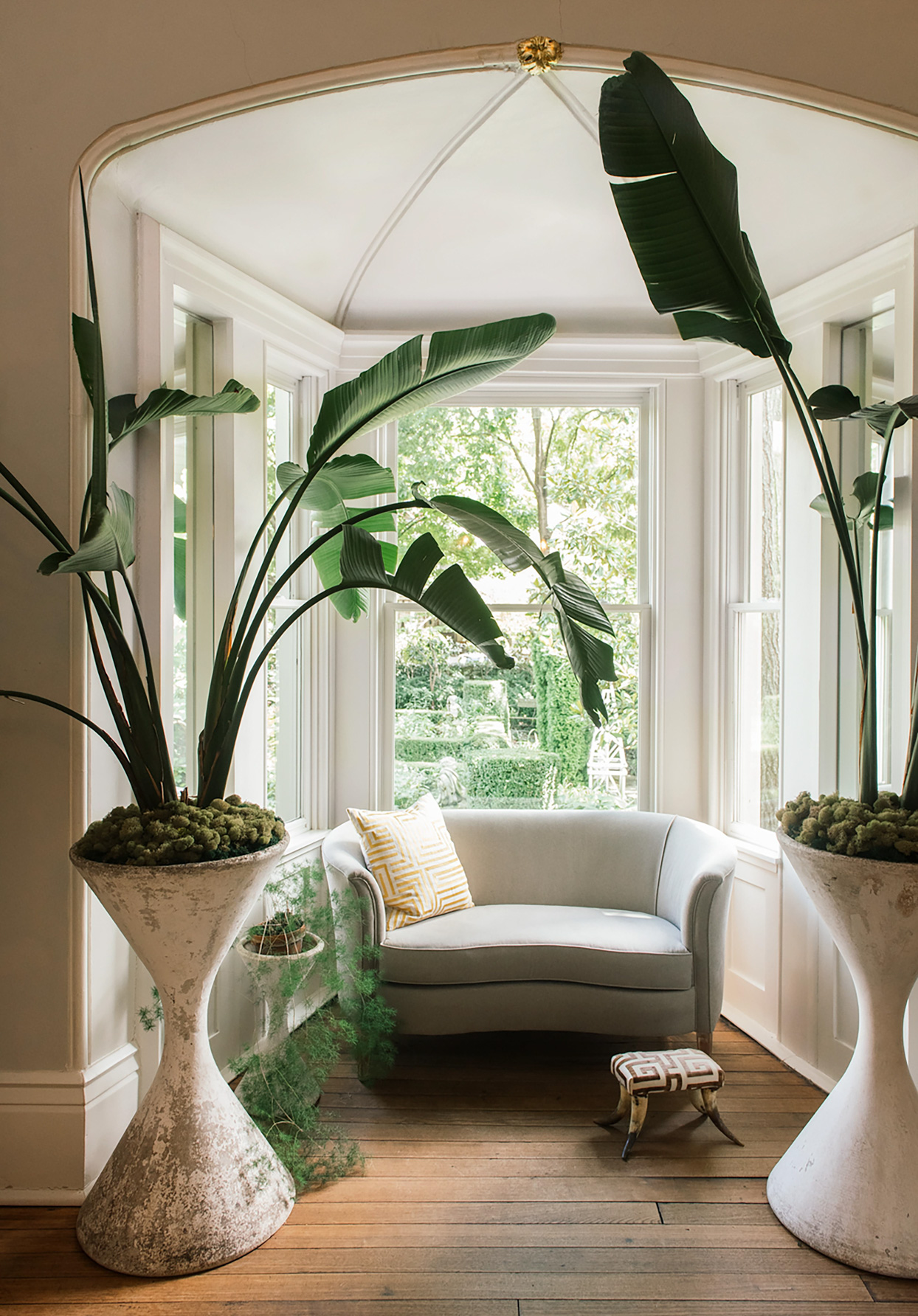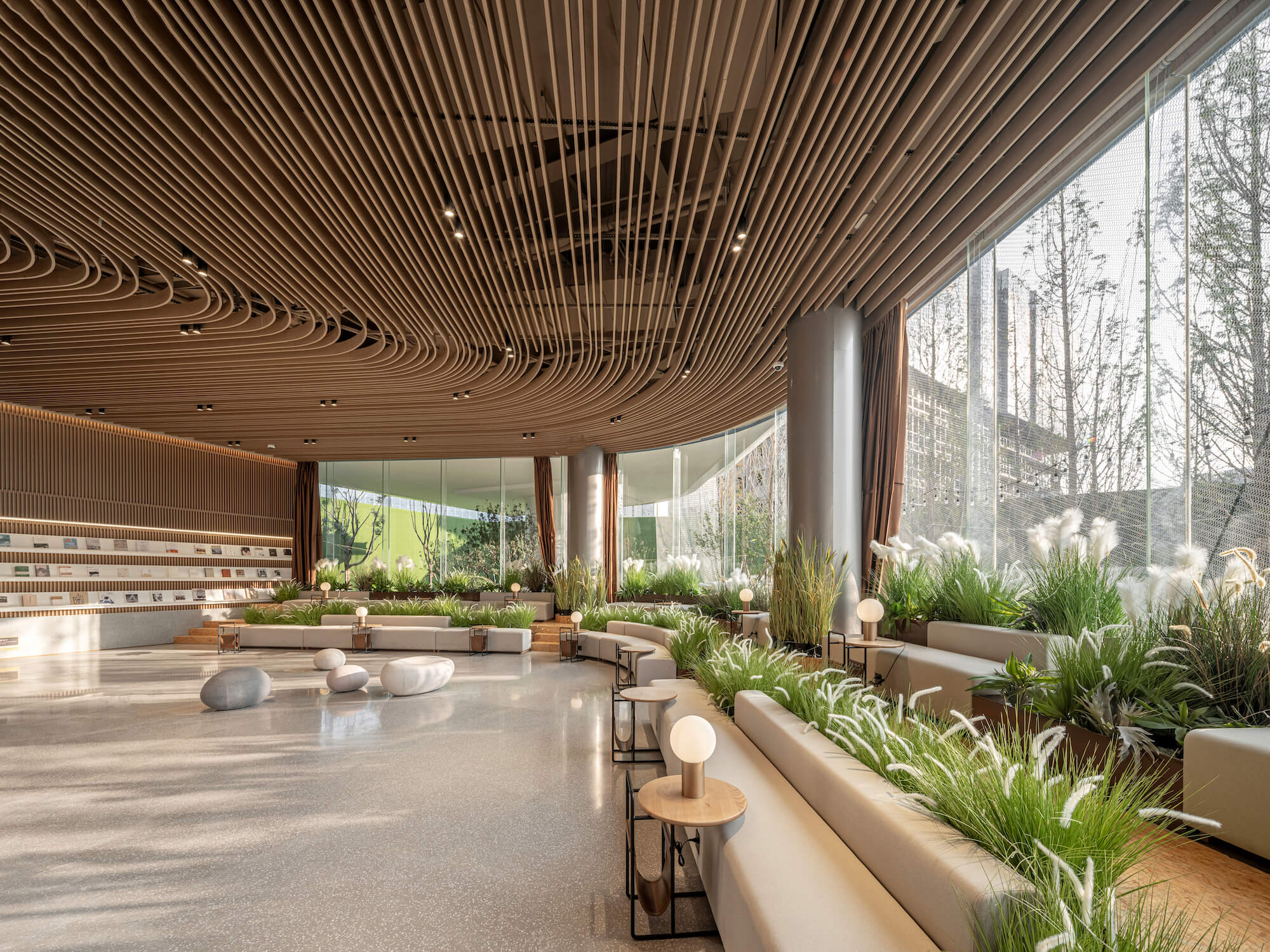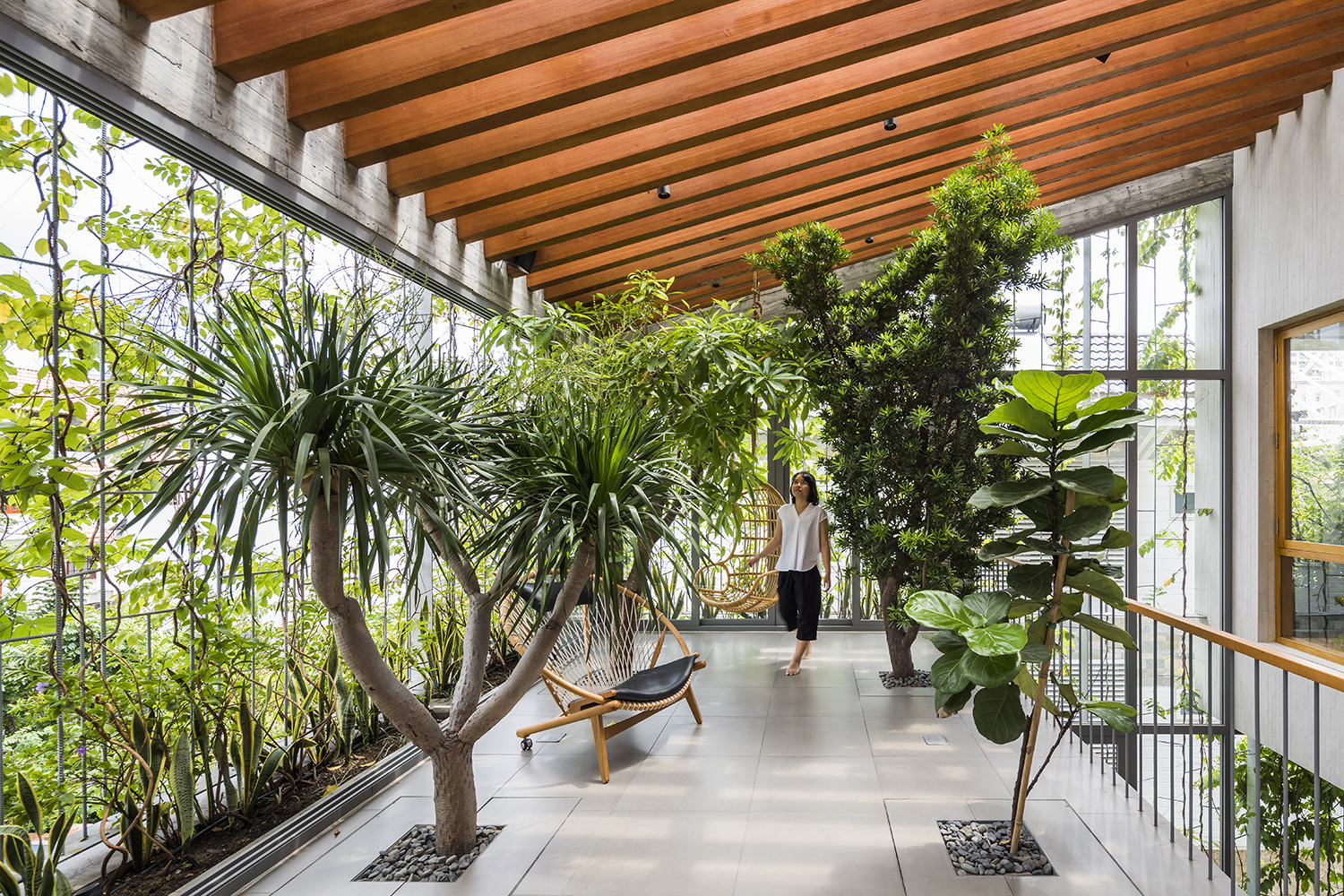Master Biophilic Interior Design: Practical Solutions for Healthier Spaces

The Ultimate Biophilic Interior Design Troubleshooting Guide
Biophilic design is everywhere online—lush Instagram feeds, glossy magazines, “green” offices. But when you’re standing in your own living room, staring at a brown pothos and wondering why you still feel stressed… that’s when the real troubleshooting begins.

This isn’t another list of “add plants, use wood.” You’ll get battle-tested strategies for every scenario—tiny apartments with zero sunlight, offices where fake ficus reigns supreme, homes with pets (and plant-munching toddlers), even rental spaces where you can’t hammer a nail. If you’ve ever tried to create a space that feels alive and ended up with droopy leaves or a cluttered mess, this guide is for you.
Let’s break down biophilic design into practical fixes—for every stumbling block I’ve hit (and seen clients hit) over the years. Consider this your personal diagnostic toolkit for creating truly restorative indoor environments.
1. Diagnosing Your Space: Pinpointing What’s Really Missing
Before throwing another succulent on the windowsill, take 10 minutes to do what I call the “Sensory Inventory Walk.”
Here’s how it works:
- Stand in the center of your most-used room.
- Close your eyes for one minute. Listen—do you hear traffic? Silence? The hum of appliances?
- Open your eyes and look for three things:
- Where does light naturally fall—and where does it not?
- What textures are under your hand (plastic remote, wool blanket, glass table)?
- Is there movement anywhere? Plants swaying? Shadows shifting?
Jot down what feels missing: warmth? softness? fresh air? This inventory tells you exactly which biophilic elements to target first—not just what looks good in photos.
Real Example:
Back in 2019, I helped a friend transform her north-facing city apartment. Her main complaint wasn’t lack of plants—it was feeling “boxed in,” even after adding greenery. Turned out she had zero open views or natural transitions between zones (living/dining/entry). The fix was less about more plants and more about rearranging furniture for sightlines and adding mirrors to bounce daylight deeper inside.
2. Common Biophilic Design Roadblocks—And Exactly How To Fix Them
Scenario A: “My Plants Keep Dying”
Possible Causes:
- Wrong species for your light/water routine
- Overwatering (most common) or underwatering
- Pots without drainage holes
- Drafts from AC/heating vents
Fixes That Actually Work:
- Switch to bulletproof species like Sansevieria (snake plant), Zamioculcas zamiifolia (ZZ plant), or cast iron plant.
- Use self-watering pots—I swear by Lechuza planters ($20–$40) after killing three ferns in two months.
- Download Planta app—it customizes reminders based on actual sunlight exposure per window.
- Group plants together; they create mini microclimates and raise humidity.
Dialogue From My First Plant Disaster:
Me: "Why are all my calatheas crispy again?!"
Nursery owner: "Are they near a vent?"
Me: [sheepish] "...yes."
Her: "Move them now—or stick to snake plants."
Lesson learned.
Scenario B: “No Natural Light / North-Facing Room / Basement Blues”
What Won’t Work:
Filling the space with shade-loving plants alone won’t cut it—plants will limp along at best; humans crave more than just foliage.
Troubleshooting Steps:
- Daylight-mimicking LED bulbs — Use GE Sun Filled or Philips SceneSwitch bulbs at 5000K color temperature; place above eye level to mimic skylight effect.
- Reflective surfaces — Hang mirrors opposite any window or light source—even tiny ones—to double perceived brightness.
- Nature murals/artwork — Oversized wall scenes of forests/lakes trick your brain into feeling outdoorsy even when underground.
- Bring nature sounds — Loop gentle forest audio tracks during work hours using apps like Noisli or Rainy Mood.
- If legal/possible: swap solid doors for frosted glass panels to borrow light from adjacent rooms.
Unexpected Tip:
In one client’s windowless office, we set up a desktop terrarium with battery-powered mini uplights ($15). She reported feeling less fatigued by mid-afternoon than before—a cheap experiment worth repeating!

Scenario C: “Everything Looks Cluttered/Messy Instead of Calming”
Biophilia gone wrong can feel like living in a garden center storage closet.
Troubleshooting Checklist:
- Scale back on quantity; focus on one large statement plant per zone instead of six small ones
- Elevate some greenery using wall-mounted shelves or macramé hangers (get them off counters!)
- Stick to two dominant textures per area (e.g., wood + wool)
- Leave clear negative space around each natural element—visual breathing room is essential
- Store tools/pots/fertilizer out of sight in woven baskets
Sensory Detail:
A well-spaced monstera next to linen curtains moves gently every time someone walks past—the whole corner feels lighter and more intentional versus jumbled clusters of mismatched pots underfoot.
Scenario D: “I Rent/My Landlord Won’t Let Me Change Anything”
You’d be amazed how much impact is possible without paint or nails:
- Large potted trees (like rubber plant) become instant movable focal points
- Lean full-length mirrors against walls—no mounting needed
- Peel-and-stick wallpaper/murals featuring forest/canyon scenes add depth without commitment
- Use clip-on grow lights if windows are scarce; attach to bookshelves or curtain rods
- Swap out synthetic rugs/throws for organic cotton/jute versions; store old pieces until move-out day
Personal Anecdote:
In my last rental before buying a house, I created an entire “jungle corner” using IKEA Satsumas stands layered with trailing pothos and ferns—all within lease rules but instantly transformative.
Scenario E: “Allergies/Pets/Kids Make ‘Natural’ Elements Tricky”
Not everyone can have pollen-heavy flowers or spiky cacti!
Solutions That Don’t Sacrifice Biophilia:
- Go non-toxic only! Spider plant, parlor palm, Boston fern = pet/kid safe.
- Opt for sealed terrariums—contained ecosystems mean no loose soil/dust/pollen.
- Use washable cotton slipcovers/throws instead of wool if allergies flare up.
- For scent-sensitive folks, avoid essential oils; simmer citrus peels/cloves on stovetop instead for gentle aroma.
- Water features? Choose covered fountains only so curious paws/tiny hands stay dry.
Counterintuitive Advice:
Sometimes it’s better to skip live plants entirely and go big on indirect cues—think raw wood furniture paired with landscape photography and plenty of soft daylighting.
3. Layering Nature Beyond the Obvious
The best biophilic designs don’t stop at greenery—they layer multiple senses:
Soundscape Hacks:
Run an app like BirdNET during breakfast—you’ll pick up local bird calls even if you live downtown
Install bamboo wind chimes near open windows—but only if wind patterns won’t drive you nuts!

Texture Play:
Mix cool river stones as bowl fillers with plush moss-green velvet cushions on the couch
Keep driftwood branches as sculptural elements near entryways
Air & Scent Upgrades:
Open windows daily—even five minutes resets stuffy air
Diffuse cedarwood/lavender oil at low concentration OR keep fresh eucalyptus branches hanging in showers
4. Budget Constraints? Here’s How To Get Creative
I once transformed a dull dorm room into a leafy retreat with $65 total:
| Item | Cost | Source |
|---|---|---|
| Two thrift-store planters | $10 | Local Goodwill |
| Snake plant clipping | Free | Friend's spare shoot |
| Bamboo tray | $8 | Discount home store |
| Landscape poster print | $12 | Online print shop |
| String lights | $15 | Big box retailer |
| DIY pebble mat | $20 | Craft supply store |
Tip: Hit Facebook Marketplace/Craigslist—people often give away healthy houseplants before moving!
For free upgrades: simply rearrange furniture so seating faces windows/views rather than walls whenever possible.
5. Advanced Troubleshooting Scenarios
Problem: Space Feels Static/Boring After Initial Upgrade
This happens all the time—a month after painting that accent wall sage green and buying three new pothos… everything starts feeling stale again.
Solution: Introduce seasonal rotation!
Swap pillow covers/rugs/artwork as weather shifts outside;
Rotate which plants get pride-of-place based on growth cycles;
Open/close sheers at different times each day so shadows move across floors;
Add cut branches from local trees during autumn/winter instead of always-on potted greens;
Problem: Maintenance Slips Through Cracks (“Everything Looks Tired Again…”)
Set recurring calendar alerts—not just watering but also dusting leaves/opening windows/rotating planters;
Batch tasks monthly (“Plant Power Hour”); reward yourself after!
If still overwhelmed, scale back number of living elements until routines stick reliably;
6. When All Else Fails… The Redesign Reset Method
If nothing seems right after repeated tweaks:

1️⃣ Remove ALL non-essential items from target space—even art/plants/rugs/furniture not critical day-to-day;
2️⃣ Clean thoroughly—including window sills/baseboards/light fixtures;
3️⃣ Slowly reintroduce each item only if it adds calm/focus/sensory interest;
4️⃣ Take photos before & after each addition—you’ll spot subtle improvements easily this way;
I call this technique “biophilic subtraction”—sometimes what needs fixing isn’t adding more nature but allowing nature-inspired emptiness and pause between objects.
7. Real-Life Case Study Snapshots
Urban Studio Rescue – The Windowless Wonder
A client’s internal studio had zero exterior views and harsh overhead LEDs causing headaches by noon most days.
We installed dimmable daylight LEDs behind diffusing paper lanterns,
Mounted birch bark panels along one wall,
Added tabletop water garden kit ($55),
Looped ambient woodland sound playlist through speakers,
Result? Reported stress dropped by half within two weeks—and three coworkers started hanging out there too!
Suburban Family Room – Pet-Friendly Paradise
With two cats notorious for chewing anything leafy,
We focused on oversized prints featuring close-up leaf patterns,
Swapped synthetic carpet for jute rug,
Used high-shelf placements only for spider plants,
Hung eucalyptus bouquets high above reach,
Family described new vibe as “cozy but wild—the cats nap here all afternoon.”
8. Ongoing Support & Staying Inspired
Biophilic design isn’t static—it thrives on experimentation! Here’s how pros keep their spaces dynamic year-round:
1⃣ Follow #biophilicliving tags on Instagram/Pinterest—not just designers but real homeowners sharing what works now;
2⃣ Join online groups like r/BiophilicDesign subreddit—for troubleshooting obscure issues (“Why do my new moss tiles smell weird?”);
3⃣ Visit public conservatories/gardens/hotels known for immersive green interiors every few months;
4⃣ Read up regularly (Nature Inside, Biophilia by Edward O Wilson);
5⃣ Sign up free newsletters via Living Future Institute/Terrapin Bright Green;
Remember—the healthiest habitats evolve slowly alongside their inhabitants’ needs!
Your Unstoppable Biophilic Design Troubleshooter Cheat Sheet
Whenever frustration mounts (“Why doesn’t this feel right yet?” / “Is this worth it?” / “Am I missing something invisible?”), run through these steps:
1️⃣ Diagnose using sensory inventory walk
2️⃣ Target specific problems—not generic fixes
3️⃣ Adjust lighting/textures/soundscapes alongside greenery
4️⃣ Rotate elements seasonally so nothing stagnates
5️⃣ Celebrate small wins—even noticing improved sleep counts!
The best biophilic interiors aren’t perfect—they’re lived-in laboratories where mistakes become stepping stones toward healthier living every single day.
Ready to try one tweak right now? Pick ONE thing from above that fits your unique challenge—and let nature quietly start transforming your world indoors… no overwhelm required!



